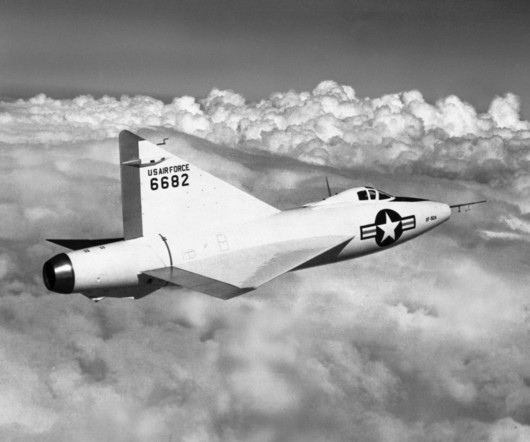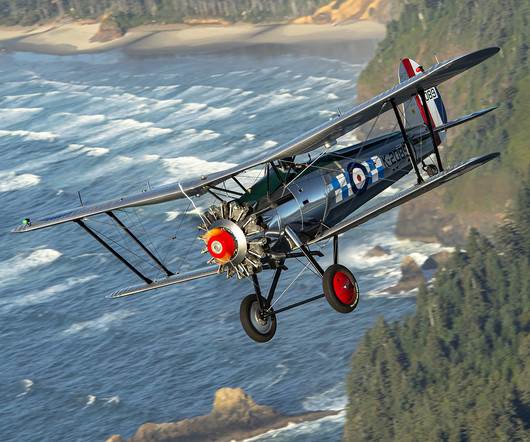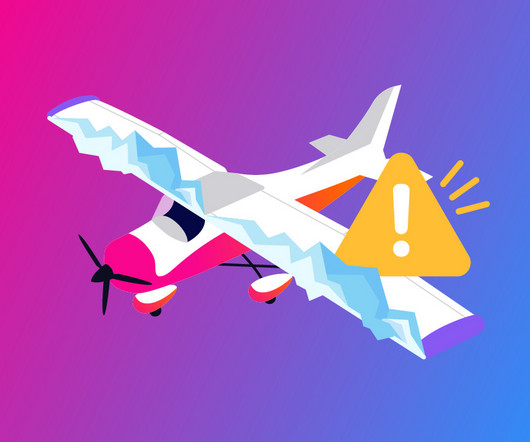Flight Test Files: Convair XF-92A Dart
Vintage Aviation News
APRIL 1, 2025
The delta wing’s large area (425 square feet), thin airfoil cross section, low weight, and structural strength made a great combination for a supersonic aircraft. It was controlled by a conventional rudder and full-span elevons that functioned as elevators and ailerons. The XF-92A was then used to test the delta-wing concept.
















Let's personalize your content